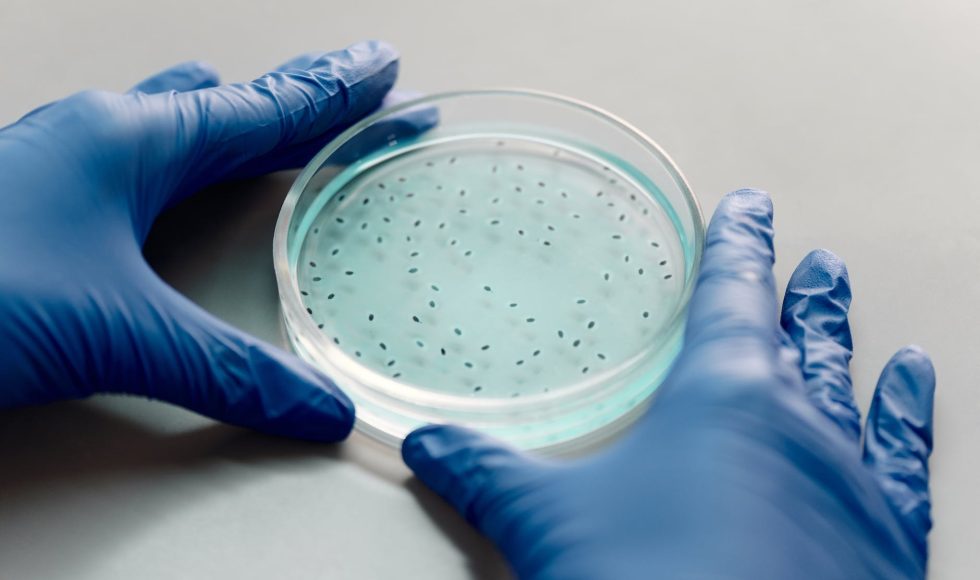Another recorded session from ASMCUE was “An Active Learning Pedagogy that Enhances Medical Students’ Learning and Engagement,” presented by Hatem A. Elshabrawy from the College of Osteopathic Medicine at Sam Houston State University and Hossam M. Ashour from the College of Arts and Sciences at the University of South Florida. They spoke about Team-Based Learning (TBL) and the steps involved: preparation, readiness assurance process, application exercises, and peer evaluation. In the preparation stage, students study the basic concepts independently and before class. In the readiness assurance stage, students work on sample problems and first have an individual test, followed by a group test. There are opportunities for written appeals, a part of TBL I didn’t think about! Tutors can also clarify. The application stage consists of exercises. This stage can take from 1-4 hours! After class, students review and perform peer evaluations. They talked about the pros and cons of this strategy. Ashour listed immediate feedback, increases in creative thinking, flexibility of implementation, concept-driven decisions, student-driven learning, and collaborative behavior. Ashour also listed cons such as potential for conflict between learners, some learners may feel intimidated, unequal participation, and this strategy can be time consuming. This session focused on medical students, and I imagine there are differences in engagement and implementation depending on the course and context.
Next, I watched Monika Oli, a master lecturer at the University of Florida, speak about “A Powerful Interactive Online Database for Unknown Pathogen Identification – and Much More.” Oli described the “who am I?” activity she does in her courses. The GIDEON database allows users to identify bacteria based on predicted phenotypes. Users can explore their own organisms. You can also export the data. I didn’t know about GIDEON and may be able to use it with the phenotypic data from Biolog plates in the 295 course.



